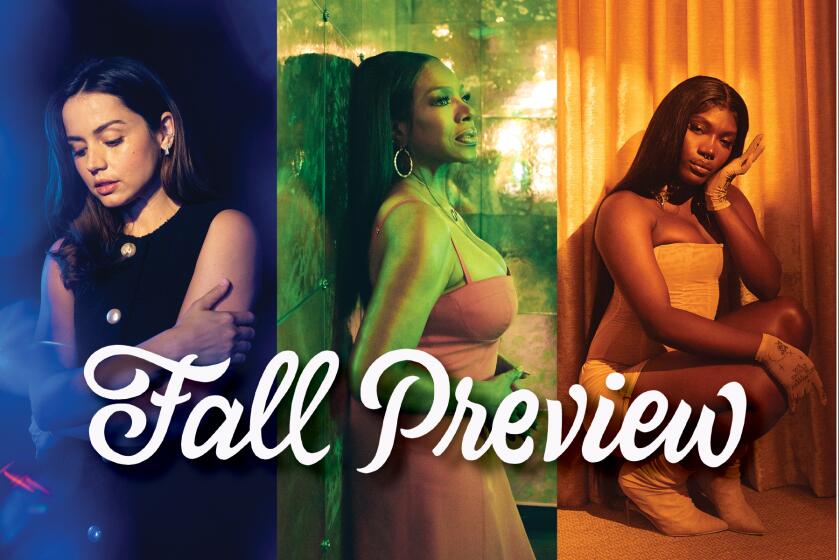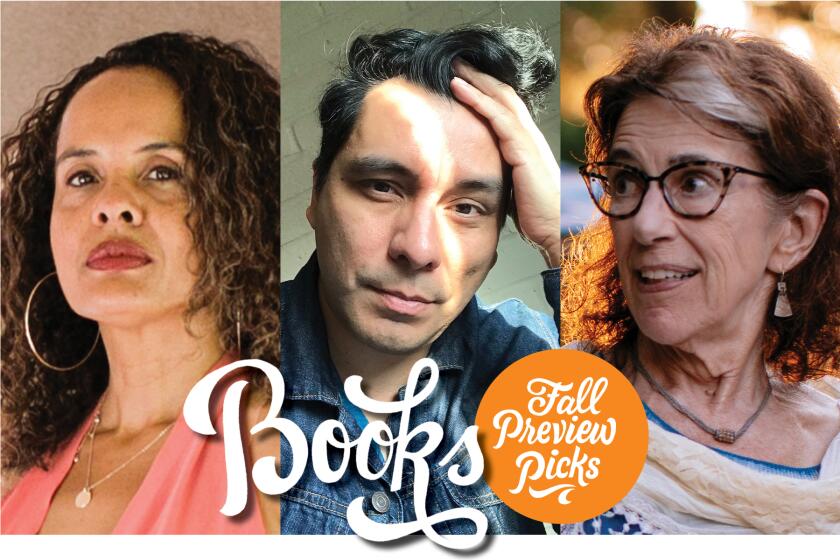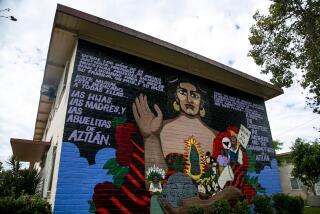Manuel Muñoz’s stories capture a Central Valley you’ve never seen
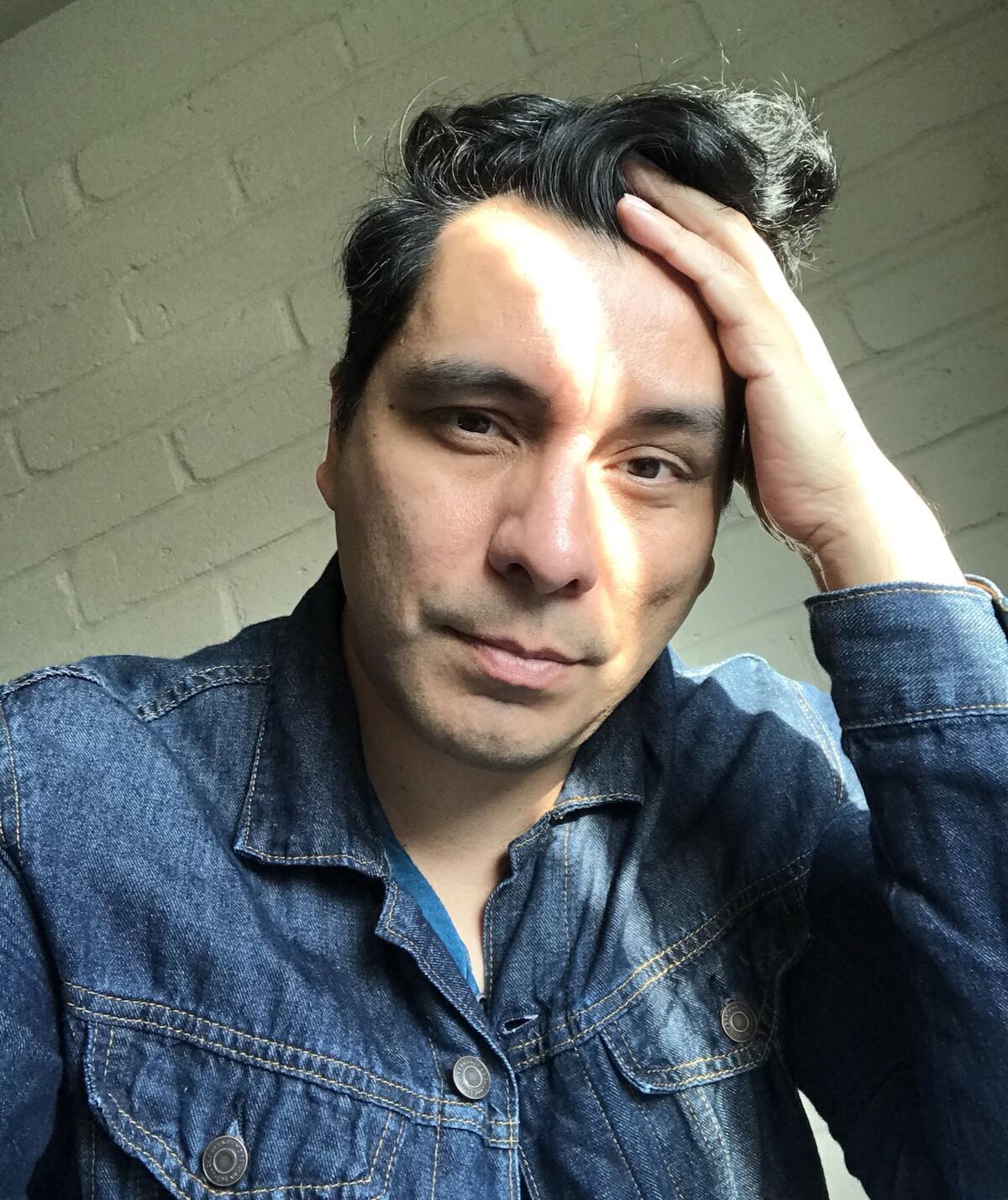
- Share via
Fall Preview Books
The Consequences: Stories
By Manuel Munöz
Graywolf: 224 pages, $16
If you buy books linked on our site, The Times may earn a commission from Bookshop.org, whose fees support independent bookstores.
It’s the sunny beaches and the Golden Gate that make it onto the postcards. But look at a topographic map of California and you’ll see that one of its defining features is the Central Valley, a 450-mile-long basin of agricultural heartland, source of almonds and fruit bound for distant states, that gets little airtime in the popular culture.
The valley has made notable appearances in literature: in the fiction of John Steinbeck, the essays of Joan Didion, as well as Leonard Gardner‘s 1969 boxing novel “Fat City,” set in Stockton, which later inspired a movie directed by John Huston. But in the work of Manuel Muñoz, the Central Valley is a recurring character of enigmatic presence.
Muñoz was born and raised in Dinuba, a town of 25,000 about 30 minutes outside of Fresno, in an area rich with grapes, peaches and plums. Now 50, the author lives in Tucson, where he teaches at the University of Arizona. But the Central Valley still dominates his work, including two collections of short stories — “Zigzagger” (2003) and “The Faith Healer of Olive Avenue” (2007) — as well as a 2011 novel, “What You See in the Dark,” set in 1950s Bakersfield.
Fall arts and entertainment picks from music, books, TV, arts and movies.
His early work drew the attention of critics as well as a slew of prizes, among them a Whiting Writer’s Award and three O’Henrys. But it’s been more than a decade since the author published a collection, a gap induced by a crisis of confidence that was cured when an Italian publisher reached out after reading his short story, “Susto,” in the literary journal Freeman’s in 2019.
“That,” says Muñoz, “snapped me out of it.”
He spent the early pandemic revisiting and revising stories. The result is a new collection, “The Consequences,” out in October.
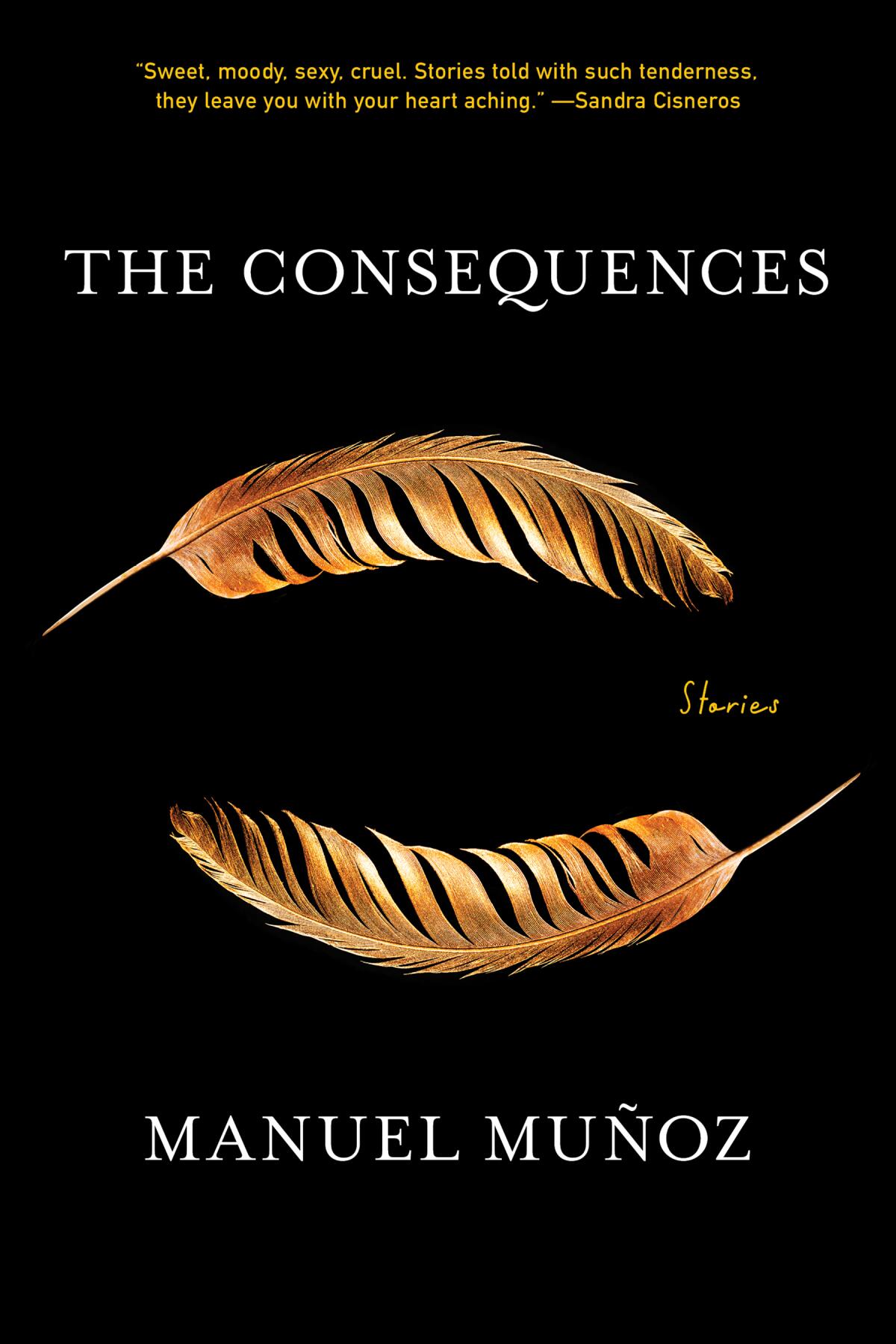
It was worth the wait.
Lucid and elegantly written, “The Consequences” tells the stories of characters who ache for one another or for ephemeral moments of release; who ache — bodily — from a life spent harvesting the sweetness that will grace other tables.
Muñoz’s parents labored in the fields, as have he and his four siblings. Those experiences find their way into the stories in the form of wracked bodies and foremen who vanish come payday.
The latest from Ling Ma, Yiyun Li, Russell Banks and Namwali Serpell as well as exciting newcomers round out our critics’ most anticipated fall books.
“Susto,” the story that precipitated the collection, translates to “fright” in English, but in the Mexican context (the author is Chicano) it implies a greater spiritual trauma. Muñoz relays the tale of a dead man who materializes in a field one morning, followed by the shudders of disquiet the discovery sends through the life of the foreman who stumbles into the body.
In these stories, gay male desire is acted upon but rarely articulated. The smallness of small town life means secrets have a way of spilling out into the open. “There was no place I could think of in town,” states Bea in “What Kind of Fool Am I?”, “where I could be out and not be seen by someone.”
Central to the action is the Central Valley, a place where humans seem to transform into shadow, where a garden is dressed only by a thin layer of “scalped yellow grass,” where the daylight has “gone milky” and the Sierras “steeled themselves purple.”
Chelsea Bieker’s ‘Godshot,’ a surreal debut novel set in the parched Central Valley, depicts a fundamentalist rain cult and sex worker resisters.
A valley is negative space. Muñoz gives it palpable texture. “When I grew up it was the space everyone wanted to leave,” he says. “It was easy to believe that there was nothing there. It was only when I started to do my own writing that I started to learn how much is in our space.”
More to Read
Sign up for our Book Club newsletter
Get the latest news, events and more from the Los Angeles Times Book Club, and help us get L.A. reading and talking.
You may occasionally receive promotional content from the Los Angeles Times.
